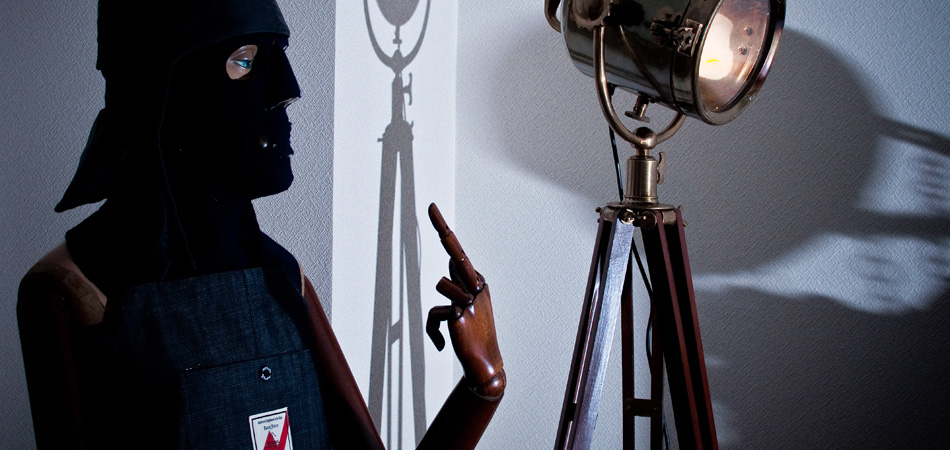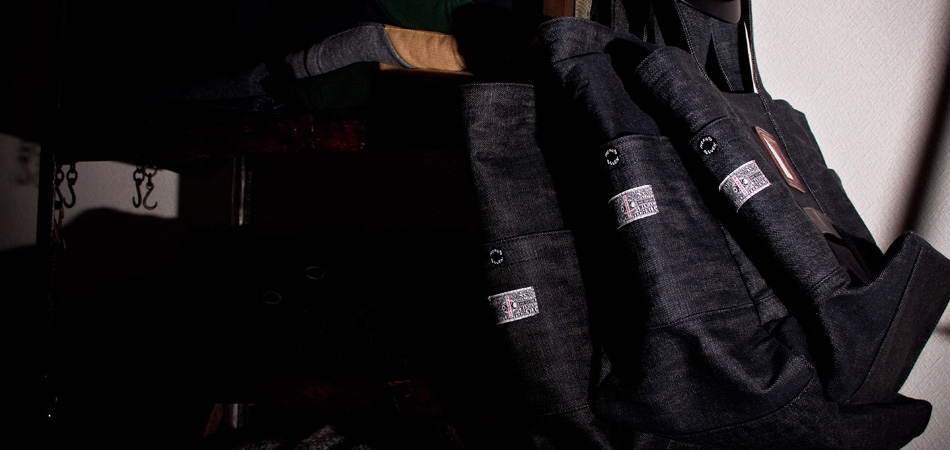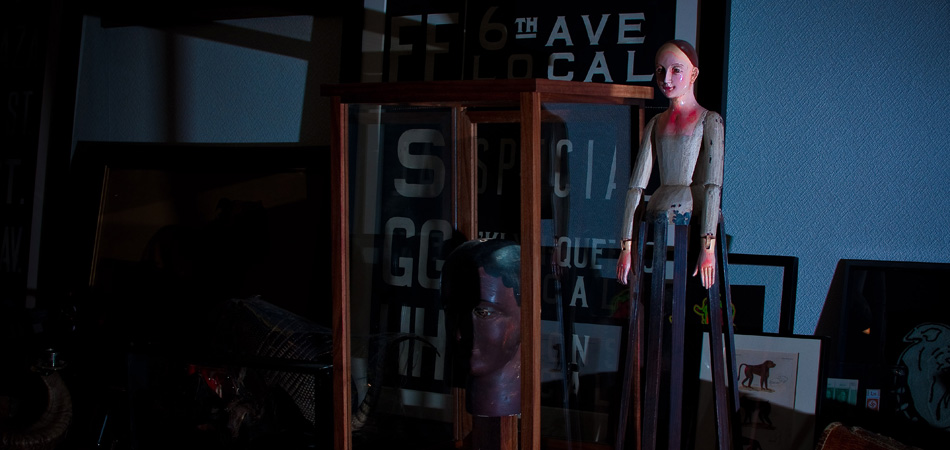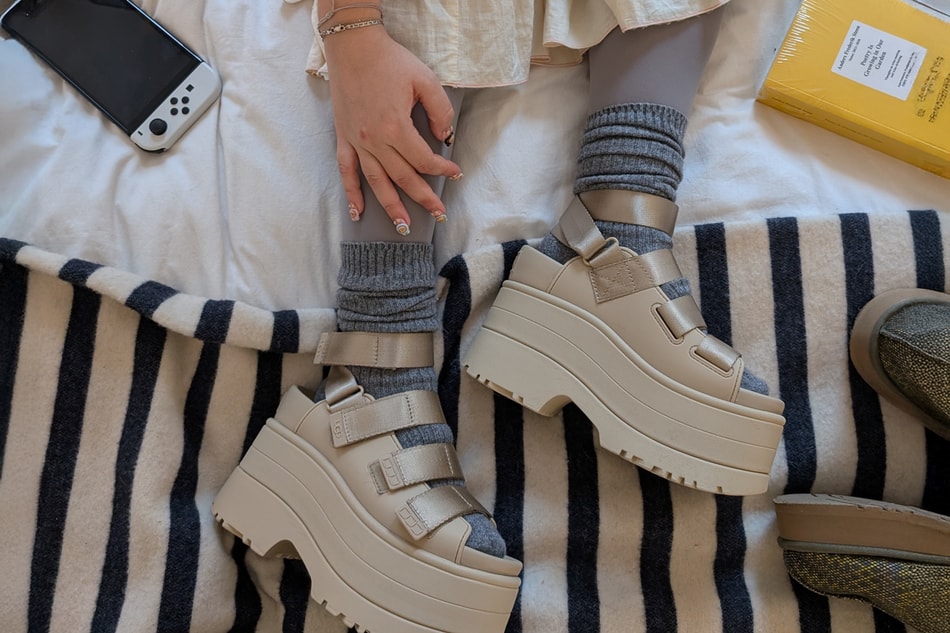Tomohiro Konno: Finding New In The Old
While the name Tomohiro Konno may not resonate to the same degree as some of his fellow

While the name Tomohiro Konno may not resonate to the same degree as some of his fellow Japanese designers and visionaries, the NEXUSVII founder has done a remarkable job in our eyes. As one of the few Japanese entities to occupy such a vast part of the fashion spectrum from contemporary menswear to streetwear, NEXUSVII has produced collection after collection of quality offerings. Among each considered collection, there’s a veritable sense of intersection between the past and the present through details and material selections. Speaking with Tomohiro, we can achieve a better sense of understanding regarding both NEXUSVII and his own personal outlook on fashion.
Interview: Eugene Kan
Photography: Simon van Wijk

Interview with Tomohiro Konno
What’s the history and roots behind NEXUSVII®?
NEXUSVII’s first collection debuted in 2001 for the autumn/winter season. The roots and inspirations for the brand come from the cultural influence of vintage wear and the items I previously wore in my formative student years.
Further touching on the brand’s background, how would you describe its style and inspiration? We’ve seen some interesting influences in the past such as The Hudson Bay Company’s iconic blanket incorporated into a jacket. It seems that the Japanese are very good at researching and finding unseen details, what are your thoughts on all this?
Similar to my previous answer, my inspirations are largely derived from vintage wear. I like the work by a Japanese proverb that loosely translates as “find something new by reviewing the past”. I feel that Japanese culture has always done a good job of researching the past in hopes of adopting some elements for the present.

In the past we’ve seen some collaborations with foreign brands such as the US’ HUF, how did the original HUF and NEXUSVII collaboration develop? Will we see more possibilities in the near future?
We’re quite open to collaborations with foreign brands such as Stussy and HUF, brands that we’ve developed good working relations with over the years. However, we’re also keen to work with traditional brands who stick by their origins in domestic production whether it be made in the USA or England. Overall, it creates a more authentic product.
Mixed Martial Arts has been gaining a lot of popularity in the last few years, how did this come about?
As a brand, NEXUSVII has been supporting Hiroyuki Takaya throughout his career as he’s from my hometown.
Some of our favorite items from NEXUSVII® have been your bag collaborations with Porter. What are some of your approaches and concepts you look to re-create with their bags?
The concept of the products are different each time. When I realized that Porter was arguably one of the best manufacturer of bags, we wanted to work more and more on projects together. With each bag, it was a goal to push the boundaries and continue forwards with creating high-quality, detailed bags.

We’re starting to see more streetwear brands in Japan take to the runway. What do you think of this and what does it represent? How does a brand change when they begin showing on a runway?
From a purely opinion-based standpoint, one of the greatest differences between a streetwear brand and a collection brand is the existence of runway showings. As streetwear brands take their collections to the runway, it seems to narrow the gap and blur the lines of fashion. I’m not sure exactly what can change when one makes the leap to the runway as I find it quite unpredictable.
What’s the Japanese market’s perception of working with brand name materials such as WINDSTOPPER®. Does the average Japanese consumer look for these characteristics when considering their purchases?
It’s been about eight years since we started to work together with GORE-TEX®. GORE-TEX® and WINDSTOPPER® are fabrics and finishes that have been greatly recognized by NEXUSVII® consumers. GORE-TEX has been on a path of reducing the number of collaborators to ensure they can maintain their quality which makes us an increasingly special case for brands wanting to work with performance breathable materials. Despite the higher pricepoints of GORE-TEX products, they’re still highly sought after due to their dependability.

Has a weaker Japanese market prevented NEXUSVII® from creating pieces that often have more expensive prices?
I wouldn’t create a product based on current economic conditions as it might sacrifice the quality we aim to achieve. As some readers may have seen, we’ve recently re-launched our MADMAXX collection for the 2010 autumn/winter season. Our first priority with NEXUSVII is to create products we can truly be proud of.
Could you tell us a little bit more about your MADMAXX collection? Was this range something that used to exist in the past? What can we expect from the collection?
The MADMAXX range was originally our exclusive sub-line which involved combining vintage fabric with some collaborative products such as GORE-TEX®. However, we had to put the collection on hiatus for a few years due to the difficulty in sourcing vintage materials. We’ve been fortunate to have some people help us get a hold of what we were looking including vintage bandanas and scarves from Hermes and Chanel among other brands.
What are you looking forward to most in 2010? As I understand we can expect some new international accounts?
I’m very excited about our latest 2010 autumn/winter collection. We’ve spent tremendous efforts focusing on the quality, the pattern-making, and selecting the proper manufacturers. I’ve been really proud on the outcome of our cut & sew garments as well as our Japanese-produced leather pieces. I’m feeling confident about representing our brand outside the borders of Japan and hope to begin expanding to the rest of the world.




